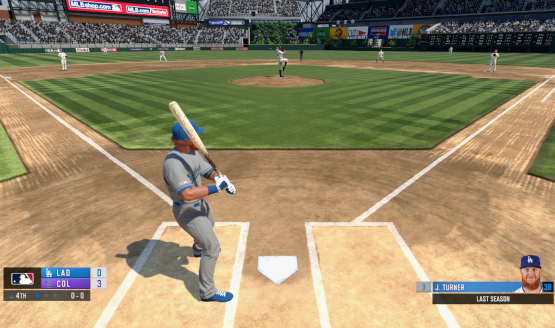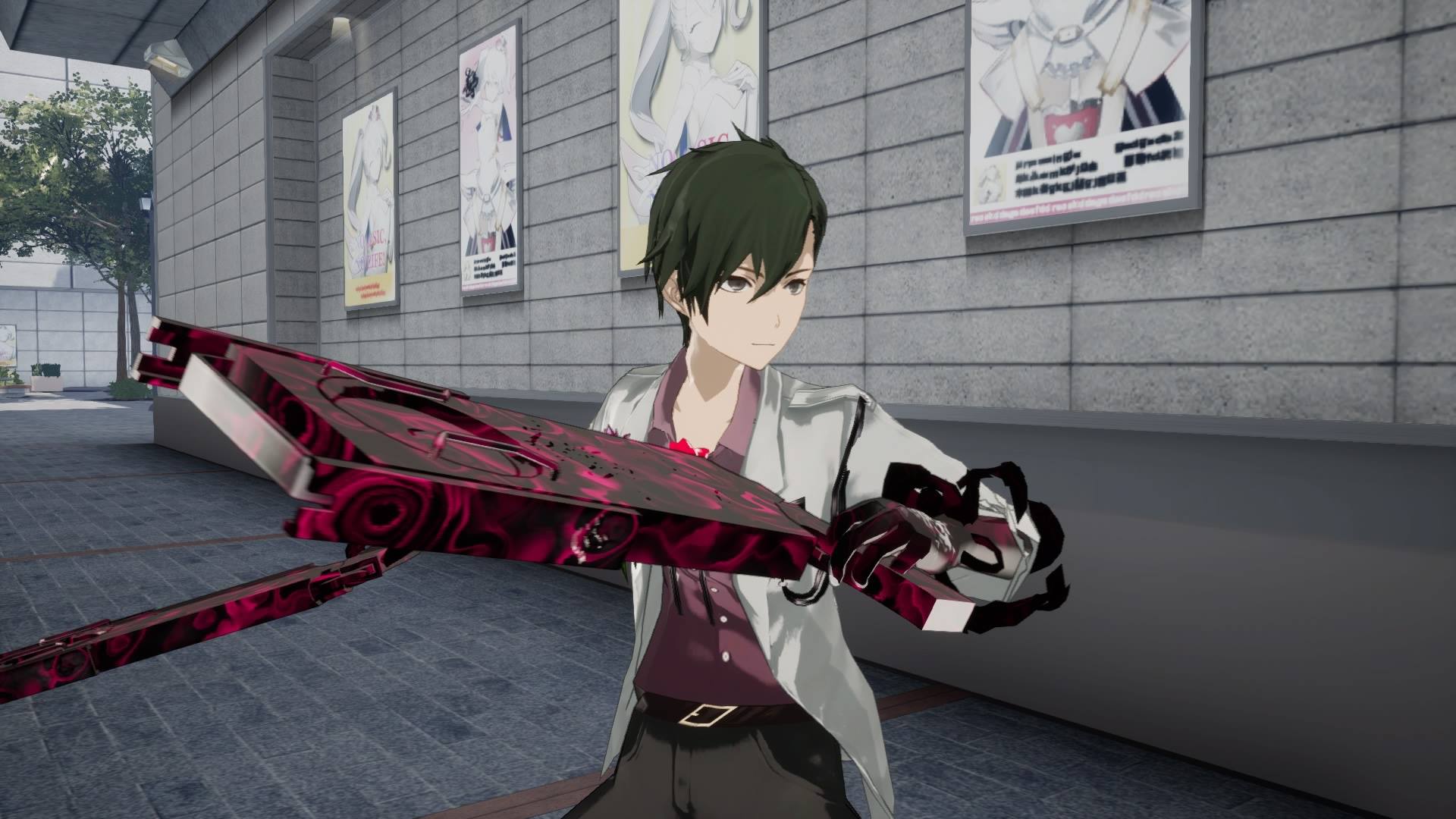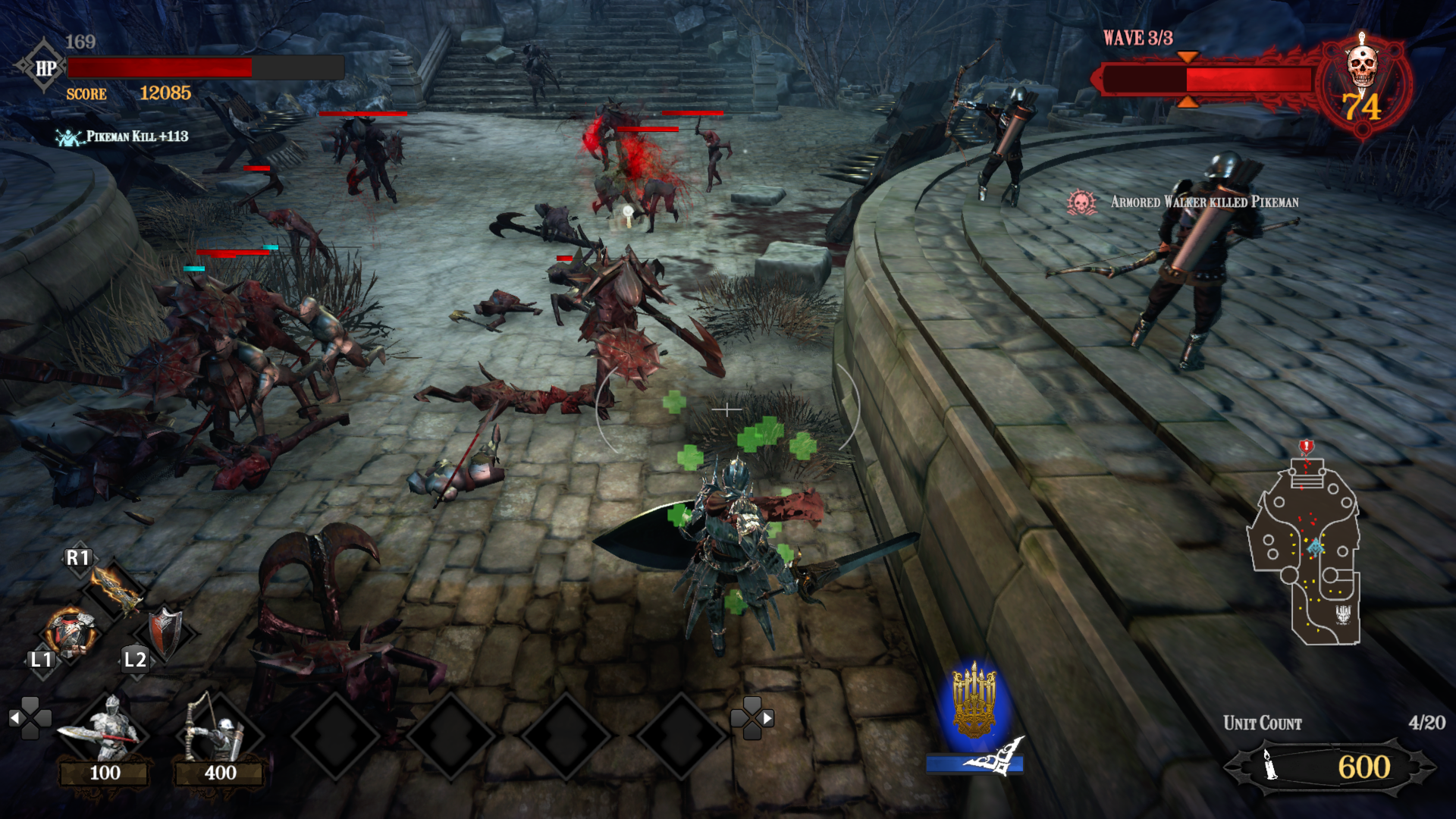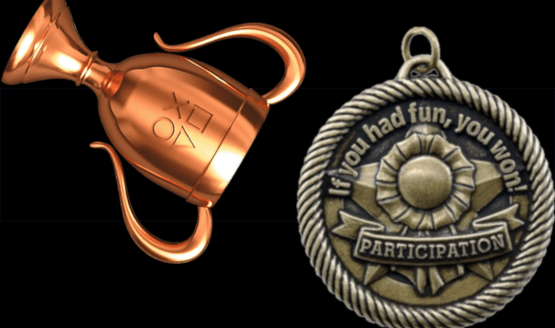One quarter of the year is already over! There were plenty of exciting releases for gamers of all types during the month commonly associated with luck, spring, and green drinks. But, of course, there were definitely more than a few games that are probably best skipped entirely, or perhaps purchased once on sale at a discount. These are March’s Participation Trophy “winners,” the lowest-scoring games featured on PlayStation LifeStyle during the last month. Here, we’ll not only summarize what didn’t work with each game, but also impart some constructive criticism for ways things could be improved.
Our effort here is to provide constructive criticism and feedback for games that we felt were duds this month. There were a lot of games with some great potential, but for whatever reason seemed to miss the mark. Each month we take a look at these games and detail what went wrong, but perhaps most importantly, we try to focus on what the game did right, and how it could have improved on its more negative aspects that earned it a lower grade on the review scale.
The Worst PS4 Games for March 2019
Once again, one unlucky reviewer took one for the team, as yours truly reviewed two games featured on this month’s Participation Trophy roundup. Are you surprised to see some games missing from this list? Typically we only showcase games that receive a score of 6 or less, as anything above 6 tends to have enough redeeming qualities to have earned that higher grade. That’s why Anthem (6.5) didn’t make the cut for March 2019. So, what were your personal disappointments for the month of March? Were we too harsh on the above games, or perhaps even too lenient? Leave us your dishonorable mentions in the usual spot.
For more information on our review scoring, please read our Review Policy.
Participation Trophy - March 2019
-
R.B.I. Baseball 19

Developer: MLB Advanced Media
Publisher: MLB Advanced Media
Score: 4/10
Reviewer: Paulmichael Contreras
Read our review here. It’s a well-known fact that when it comes to baseball simulations, no one can beat MLB The Show. So, what is the alternative? MLB Advanced Media has produced their R.B.I. series of baseball games since taking the franchise over from Atari in 2014. The game has attempted to fill in the arcade genre niche, but so far the results have been disappointing.
What Went Wrong?
Where to start? The presentation is lacking, for starters. Arcade sports games aren’t required to have commentators, so that can be forgiven. But even the camera angle feels wrong – you can see each base, but in order to do so the view is far too zoomed out to make sense of an incoming pitch in time to reliably react to it. Not that it matters, since the strike zone is so wide that as long as you don’t see a screwball coming at you, you better just swing for the fences. Animations are also slim to nonexistent, as outfielders will routinely run into position, and simply stand there as a falling ball will seem to almost hit them on the head before disappearing. The whole confusing spectacle counts as a catch, and the batter is deemed out. It’s just a sloppy job all around. There is also no career mode, and online is already a ghost town. That might be okay in a budget title priced at $19.99 or lower, but R.B.I. Baseball 19 launched at $39.99!
What Went Right?
Well, the arcade feeling of R.B.I. Baseball 19 is alive and well here, at least. There are no pitch types to guess, only speeds to react to. Timing your swing correctly (or holding off on those rare pitches out of the strike zone or too slow to make it over the plate to begin with) is all that matters when the distance is ball is hit is to be calculated. Due to the game’s low-resolution, well, everything, load times are very quick. Controls are also simple enough that almost anyone can pick it up and play a decent game without really knowing much about the actual sport.
What Would Have Helped?
A career mode, even one where you play a pre-made character, would have extended replayability instantly, especially at the launch price. Some QA efforts on the wonky animations could have improved the experience, as well. If no improvement to the presentation was ever a part of the plan, then lowering the launch price by at least $10 would feel like less of a disappointment.
-
The Caligula Effect: Overdose

Developer: Aquria
Publisher: FuRyu, Atlus USA
Score: 5/10
Reviewer: Andrew King
Read our review here. The Caligula Effect was originally a Vita release in 2017. While that release received decent marks from us, as they say in the world of finance, “past performance is no guarantee of future results.” It seems the port to the PS4 was not a smooth one for The Caligula Effect: Overdose.
What Went Wrong?
Any interesting ideas or mechanics presented in The Caligula Effect: Overdose showed promise, but ultimately ended up feeling half-baked. A map showing all NPCs, along with their relationships with each other, looks impressive. But the characters represented are all shallow, saying just a handful of lines, often repeated from character to character. This sameness applies to the level design, as well, with the virtual world of Mobius composed of various areas that all have “hundreds of rooms and hallways” which look practically the same. Random encounters are also apparently frustratingly common.
What Went Right?
As mentioned, there are a few interesting mechanics and ideas at play in The Caligula Effect: Overdose. Having a nearly endless map of all NPCs along with their relationships was impressive to see, even if the characters behind the map were mostly shallow. The battle system also allowed players to map out exactly the attacks they wished to use, and preview the effects. If they didn’t like what they saw, they were free to backtrack and plan again.
What Would Have Helped?
Considering this was a port of a 2017 Vita game, there’s not much that could be done without changing some core design aspects, such as the world map. On the other hand, porting to a console as capable as the PS4 could be seen as an opportunity to remove some of the repetitive level design, even if this was done just by filling up rooms with random items to distinguish one from another. With the additional storage space that can be afforded on home consoles, more lines could have been written for the empty NPCs.
-
Eternity: The Last Unicorn

Developer: Void Studios
Publisher: 1C Entertainment
Score: 5/10
Reviewer: Joshua O’Neal
Read our review here. Eternity: The Last Unicorn was originally scheduled to release in 2017. But game development is hard, and thus the game didn’t launch until March of 2019. The extended development time didn’t appear to help things much, if at all.
What Went Wrong?
Billed as a “classic” RPG, Eternity certainly looks the part of older games. Character models weren’t particularly detailed, and animations and audio work were also disappointing. A few audio bugs would even cause sounds to play on repeat, throughout cutscenes, and only stop playing with a restart of the game. There was also no voice work present in Eternity. While Void Studios is an indie developer, having major cutscenes be unvoiced in 2019 is pretty rare, and perhaps frustrating to those who don’t want to read pages of text to progress the story along. The frame rate also chugged along at various points throughout the adventure, pointing to subpar optimizations on console.
What Went Right?
Eternity: The Last Unicorn featured a simplified combat system, whereby there was no pesky stamina system as you might see in games such as Dark Souls. Rolling to dodge also rendered the player invulnerable while doing so, which made it easier than most games to get out of a tight spot. The grind was also not too bad, as just a few levels would get most players to the strength level required to take on bosses. The launch price of $19.99 also helped to smooth over some of the more glaring issues.
What Would Have Helped?
It seems giving the audio system some more QA attention may have prevented some of the more obvious sound bugs from showing up. Eternity also featured a fixed camera system, as you would find in older games such as Resident Evil. This is an odd design decision, and presents its own set of problems. Namely, gamers these days just aren’t used to that kind of camera anymore, as its use has fallen out of favor. A traditional third-party view would have sufficed.
-
Hell Warders

Developer: Anti Gravity Game Studios
Publisher: PQube
Score: 6/10
Reviewer: Paulmichael Contreras
Read our review here. Tower defense games mixed with action RPG elements are not too common on consoles, and so the release of Hell Warders on the PS4 showed some promise. The result left a bit to be desired.
What Went Wrong?
Hell Warders isn’t a pretty game to look at. You could take any random screen, and pass it off as a PS3 launch game. It’s got “budget” written all over it. Many of the mechanics are not explained properly, including the leveling system. While the player can participate in fighting waves of enemies, combat is pretty basic. The short campaign is voiced, though the acting sounds phoned-in.
What Went Right?
Hell Warders is a tower defense game at its core, and it does at least get those mechanics right. You can place a limited number of different kinds of defensive units, and upgrade them at any time, provided that you have the requisite points. Waves of enemies are fought in real-time, and the player character has a few special abilities that can come in handy. Since the game doesn’t do a great job of explaining strategies, it’s up to the player to invest the time to figure out its quirks, which some players may find rewarding.
What Would Have Helped?
A more comprehensive tutorial could have been included, to explain some of Hell Warder’s nuances. A second look at the camera controls could have made combat a bit more palatable, since its movement had no sense of acceleration. While looks aren’t everything, more detailed textures, if not on the levels then at least on character models, would’ve brought the presentation closer to modern standards.




